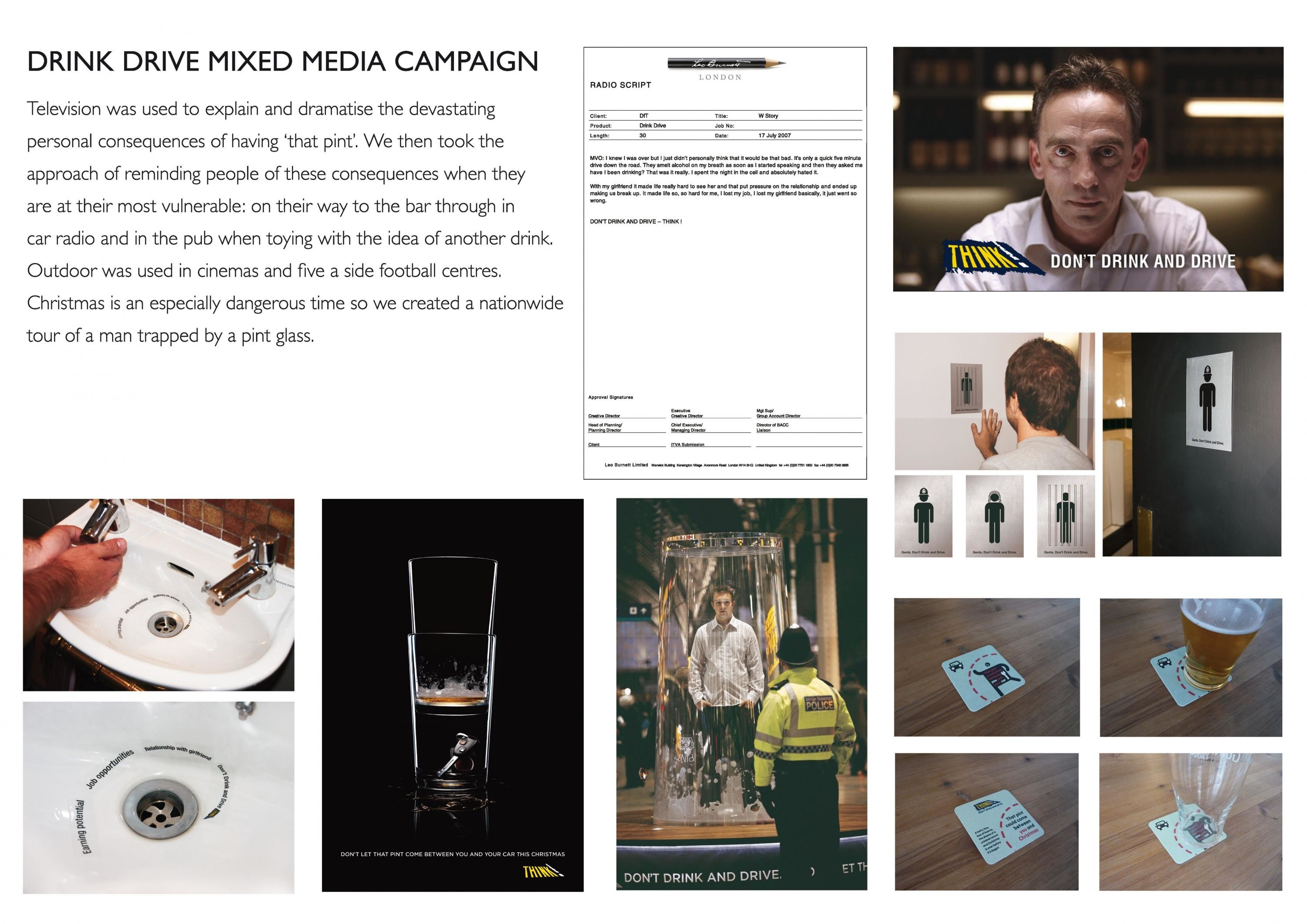Cannes Lions
CalFresh Healthy Living
CALIFORNIA DEPARTMENT OF PUBLIC HEALTH, Sacramento / CALIFORNIA DEPARTMENT OF PUBLIC HEALTH / 2020


Overview
Entries
Credits
Overview
Background
Over one third of Californians are considered low income, and nearly half of this vulnerable population are Latino. With a population struggling to put food on the table, making sure that food is healthy is all the more challenging.
After two years of in-depth research into the nutrition habits and behaviors of this population, the Healthy Victories English and Spanish-language campaign launched to target the segments in the best position to make positive health behavior changes. Integrating tips, tools and reminders, the statewide media campaign shows how to make healthy changes relevant to the lives, cultural experiences, and native languages of the segmented population.
Changing health behavior is an incremental process. The objective in this inaugural year was to increase awareness of the tips within the advertising messages to influence behavior change. Campaign evaluation included advertisement recall and perceived effectiveness scores from our audience.
Idea
An assessment of current health messaging revealed that most nutrition advice targeting our audience was focused on “what” to do. In a nutshell: just be healthier. However, while research revealed that the audience wanted to eat healthier, they didn’t know how to do it.
Audience interviews revealed that much of the “healthy diet” messaging made them feel negative towards changing their lifestyle because they believed they couldn’t afford to eat healthier or that their children wouldn’t like the taste. These barriers needed to be addressed in the creative.
Healthy Victories features actors from the target populations and uses the perspective of children to narrate the changes their parents made to their snacks, beverages and family meals. The tone is lighthearted and uses themes of overcoming barriers and making simple, healthy swaps that are then celebrated. Physical activity messaging is subtly incorporated by featuring children playing outdoors.
Strategy
Californians are a diverse population with many cultural and circumstantial motivations behind their snack, beverage and family meal choices. To make the biggest impact, we implemented a year-long adult segmentation study to determine the types of people in this audience who were the most at-risk while also in the best position to make positive health behavior change.
The results prioritized two, racially diverse psychographic segments: Caring for Others (those who make food/beverage choices to make their families happy) and Personal Ambition (those who make the most convenient choices to keep up with busy schedules). The audiences were defined by the goals and motivators, cultural influences, language preferences and daily habits, especially related to media exposure.
All of this data yielded a campaign designed to provide the right message, in the right place at the right time to the audience segment with whom it would have the most impact.
Execution
Every day, Californians make food and beverage decisions while being inundated by sophisticated marketing efforts promoting unhealthy choices. To address this, the Healthy Victories campaign was integrated into the daily life of our audience segments at critical decision making times and places.
Ads were placed on the traditional mediums of television, radio, billboards and transit shelters, and were integrated to work together. For example, billboards on popular highways promoting healthy family drink options such as water infused with fruit were placed to compete with soda ads. Radio ads ran on weekdays during the evening commute to suggest a rotisserie chicken and bag salad for dinner, rather than going through the drive-through. Digital geographic retargeting of ads to support billboards were sent to smartphones.
Statewide targeting used census-data to reach segmented populations in their neighborhoods, and digital/social media ads added additional layers of psychographic targeting.
Outcome
Using Nielsen data, Healthy Victories successfully reached 4.7 million Californians in the target audience. The English and Spanish-language media campaign served a total of 544 million impressions across all channels. The media channel that contributed the most was traditional media (TV, radio, and out-of-home) which made up 64% of total impressions, followed by digital media (19%), and social media (17%).
However, the primary goal of Healthy Victories is behavior change, which is an incremental metric that will continue to be measured over the next decade. Initial third-party evaluation of the media campaign shows high advertisement recall with the target demographics. Focus group testing conducted in July 2019 on the perceived effectiveness of the campaign also showed promise, with participants agreeing that the campaign messages would influence them toward the desired behavior outcomes of drinking more water and fewer sugary drinks, and eating more fruits and vegetables.
Similar Campaigns
11 items








